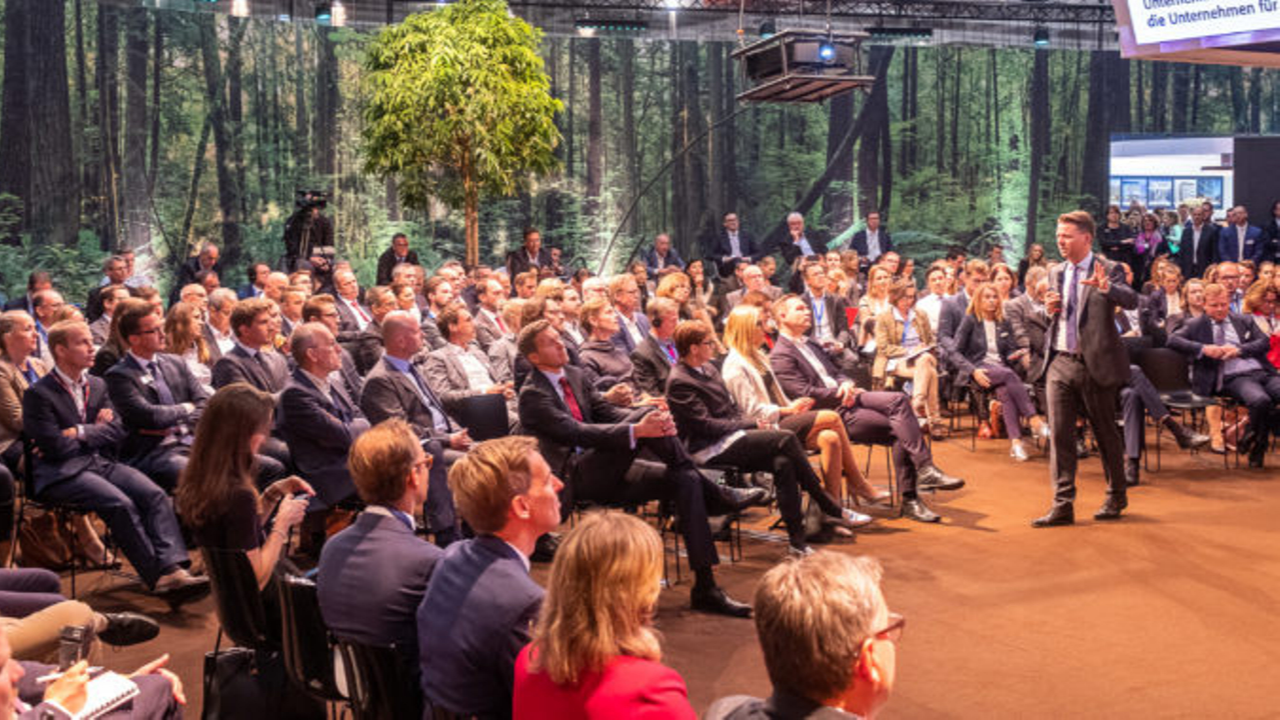Office design has increasingly become about flexibility and movement. Seeing sit-stand desks and stairs instead of elevators is becoming more common. Now, some offices are actually taking movement a step further with movable furniture and walls that create a more adjustable atmosphere.
For example, New York-based design firm M Moser Associates refers to its office as “a living lab” with a 6,000 square foot open space that can be used for private meetings or, when the walls are moved, serves as a space for large gatherings.
This change is likely due to the major evolution of technological implementation in the workplace and the demand for collaborative environments rising.
Flexible space is becoming the preferable option for many organizations as it keeps costs down through shared open spaces and short-term leases.
CBRE revealed that three-quarters of its larger clients were seeking to add flexible space to their portfolios, which led the real estate services company to start its own flexible space venture, Hana.”
Although flexible and movable pieces are becoming more utilized in various office spaces, M Moser found that some features go unused due to it seeming like too much work. Overall, while the trend is growing, it may not be suitable for all organizations.


 Dr. Gleb Tsipursky – The Office Whisperer
Dr. Gleb Tsipursky – The Office Whisperer Nirit Cohen – WorkFutures
Nirit Cohen – WorkFutures Angela Howard – Culture Expert
Angela Howard – Culture Expert Drew Jones – Design & Innovation
Drew Jones – Design & Innovation Jonathan Price – CRE & Flex Expert
Jonathan Price – CRE & Flex Expert










